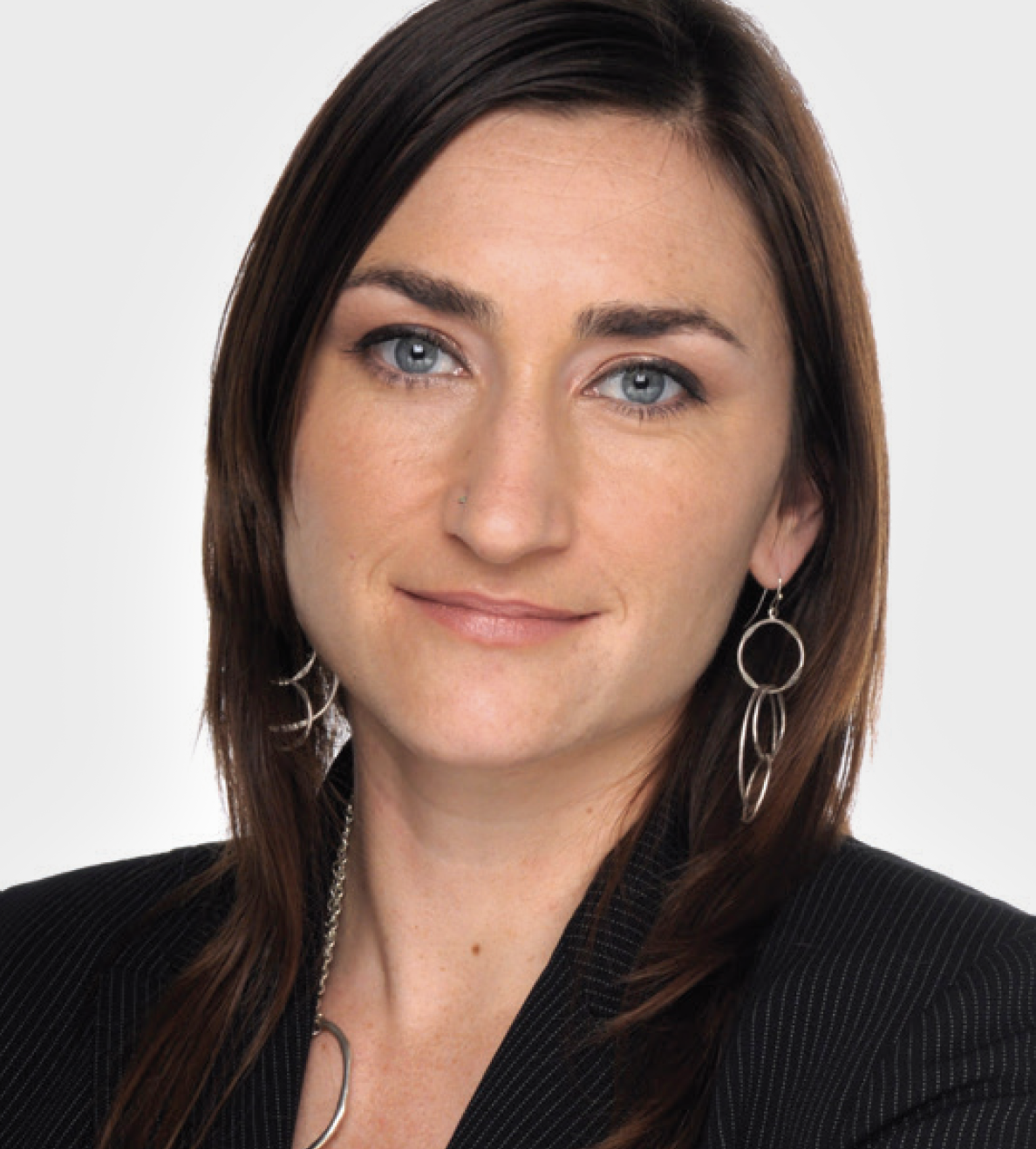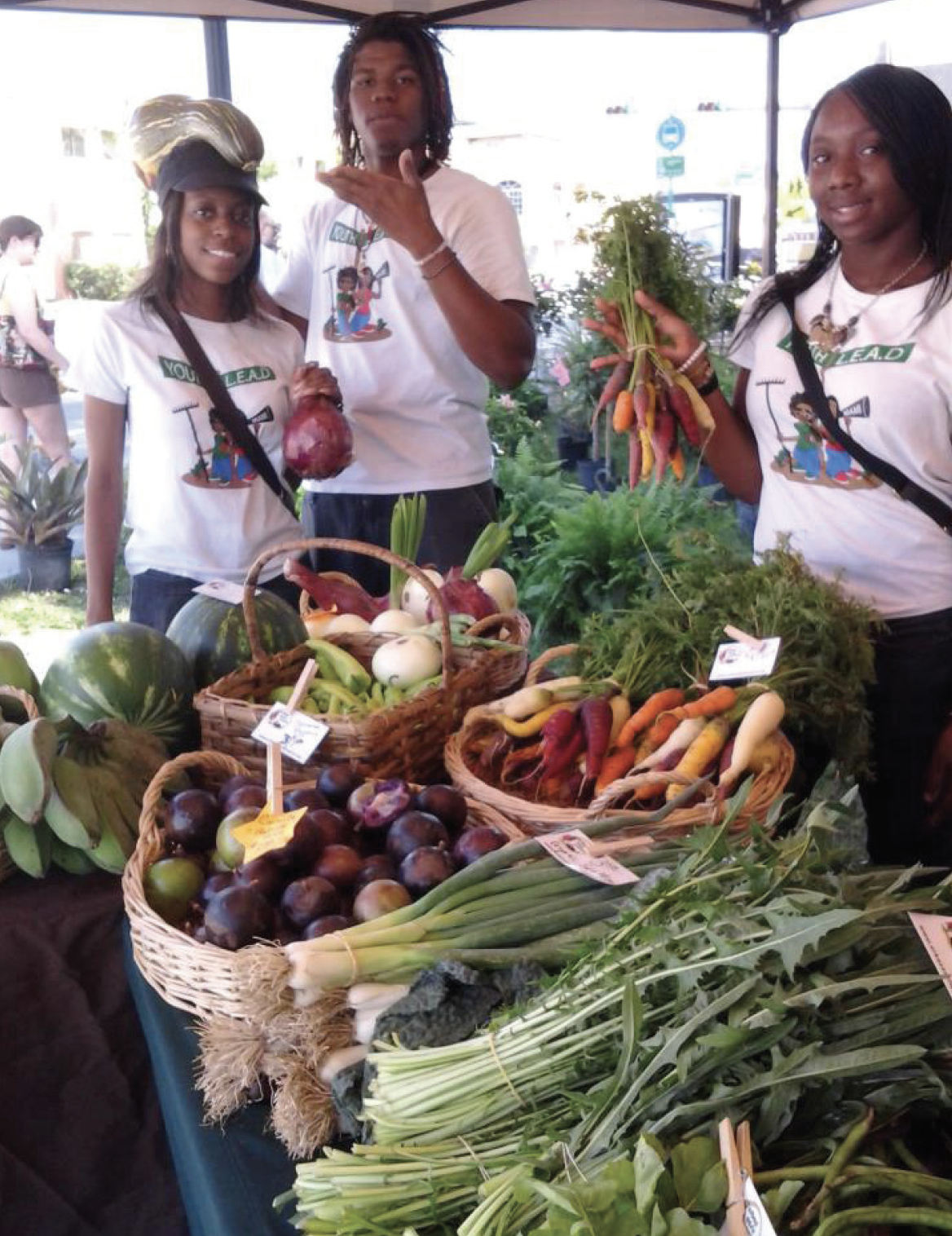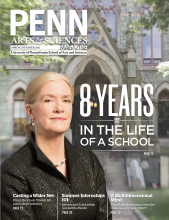Erin Healy, C’00, is on a mission to improve access to healthy food for youth of all incomes. Her Miami-based organization, Youth L.E.A.D. (Leading Environmental Advocacy through Democracy), is dedicated to promoting local food resources, educating young people on nutrition, and training student apprentices to spread the word that everyone deserves a healthy start. Healy, who graduated with a major in anthropology and a minor in history of art, describes the obstacles young people face when trying to eat well, and why the rest of us need to step up and take action.
Q: What first inspired you to found Youth L.E.A.D.?
Healy: It was a culmination of a lot of different experiences, observations, and research. I’ve worked in public health and in environmental protection and education. I’m a long-term vegan and I’ve always cared about the intersection of health and the environment. I felt that this intersection was not really being acknowledged by a lot of government agencies and organizations. I also found that low-income neighborhoods and young people were really not being included in this dialogue about our food system and about the environment. And yet those communities are often the ones that bear the brunt of environmental pollution and destruction. While a freshman at Penn, I lived in Van Pelt, in the Gregory College House, which hosted many international students. I also took race relations and women’s studies courses as electives. I would not be the critical thinker and social activist I am today if I hadn’t had that exposure to diverse voices and the challenges that come with deconstructing race, gender, and class in America, and so with Youth L.E.A.D. I wanted to create a place where we could talk about these issues, while also incorporating a social justice element to it.
Q: How do you get youths involved in their health?
Healy: We have an afterschool training program in the fall, and then in the spring we place them in jobs that provide helpful nutrition information, places like farmer’s markets and community gardens. Last year, we conducted 500 surveys among residents to create baseline data and get feedback about food access and preferences. We use this information to brainstorm solutions to address issues like sustainability—ensuring the community has food that doesn’t harm anybody and is affordable, natural, and healthy. I felt it was important to create a design where we could train and empower young people so that, over time, what started with one person could really become a large core of young leaders and activists who continue working on these initiatives and eventually take them over in their own communities.





